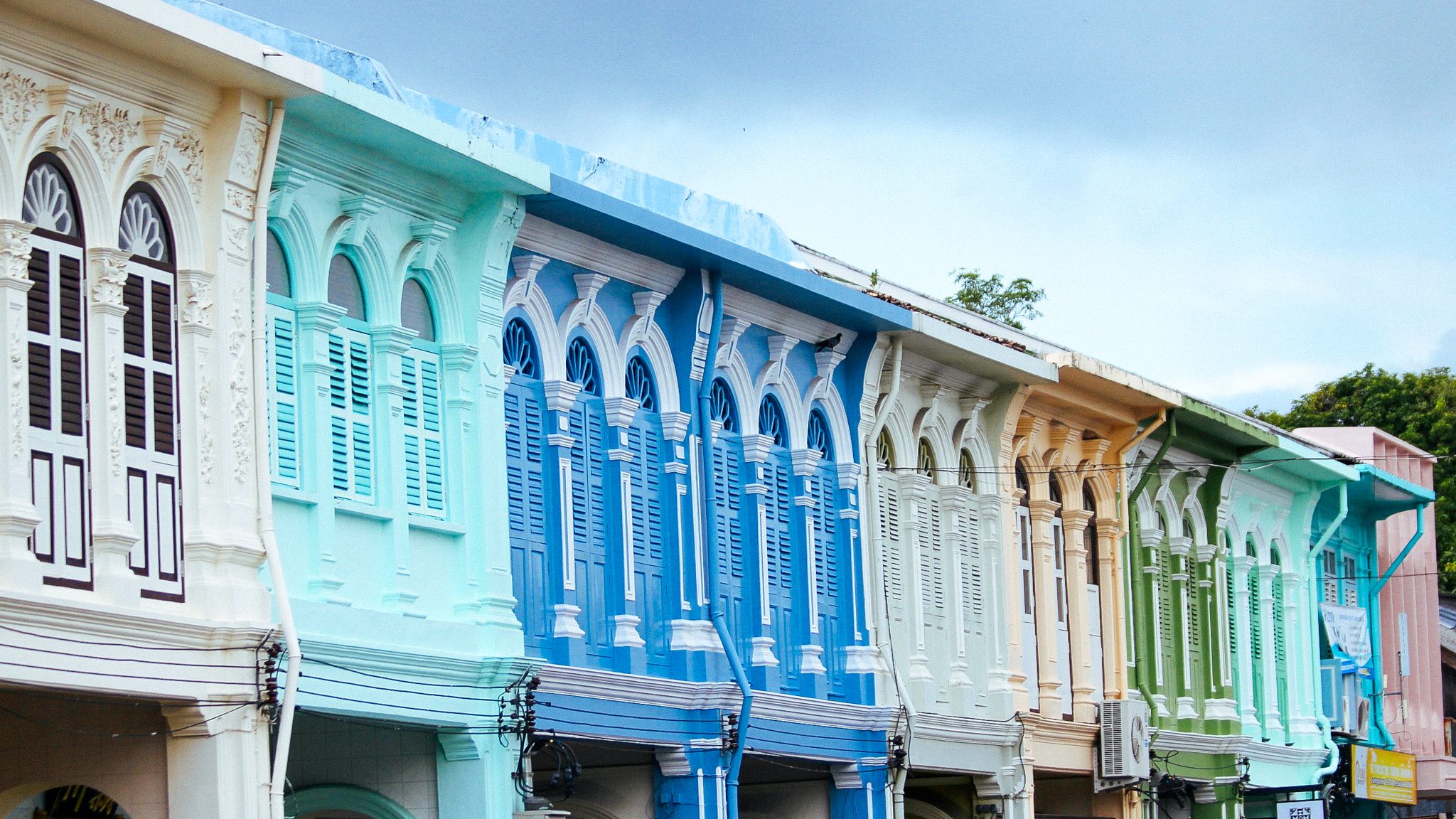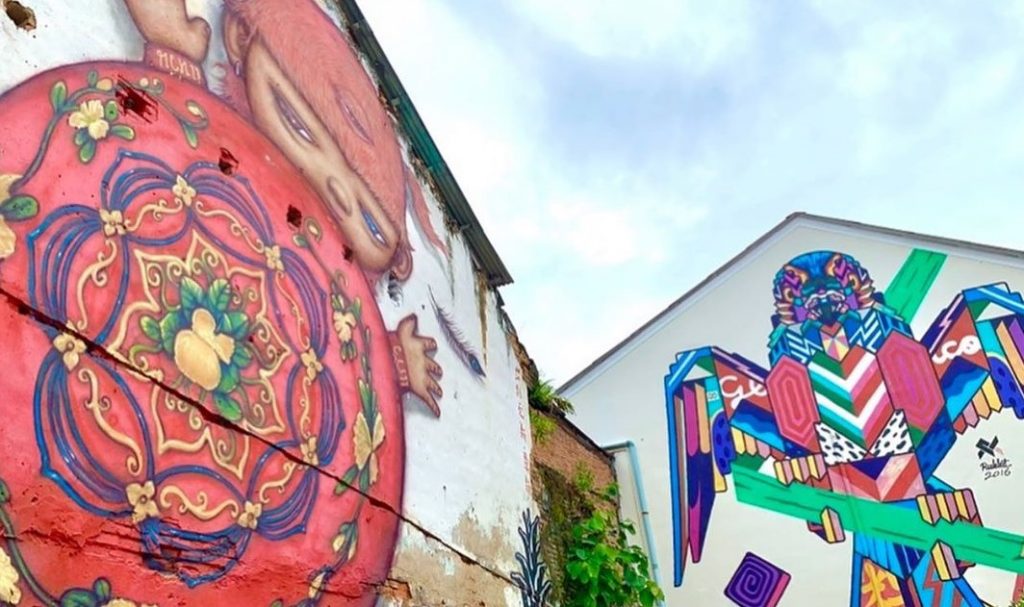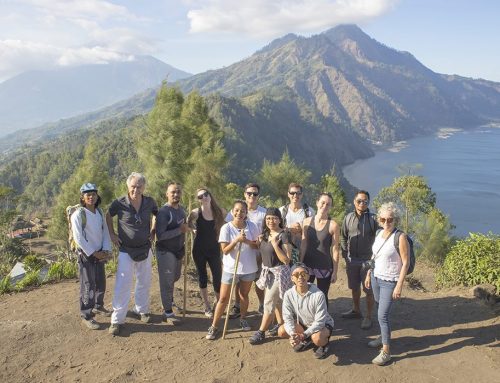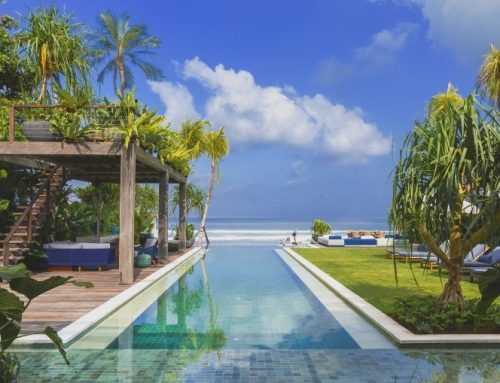The fabulous shophouses of Phuket Old Town are an eccentric architectural legacy. With ancient arched windows and ornate facades in dazzling colours, the island’s historic capital is a love child born of the sizzling DNA of Chinese tin miners and migrants from Siam, with a dash of colonial flavour thrown in for good measure.
This genetic mix grew richer and even more colourful in the 16th century as Phuket’s tin wealth attracted European traders, including the British, French and Portuguese, who shared more than a pioneering spirit with their new neighbours. As the old town developed around the natural harbour in the 19th century, upshot these wonderful shophouses incorporating elaborate Chinese Baroque plaster and paintwork that mated with traditional European architectural form. Voila: the Sino-Portuguese style had arrived.
The houses typically have narrow frontages and can be up to 50 metres deep. The shopfront was for trading, while the trader’s family lived in the rest of the house. The house was also sometimes rented to tenants such as Chinese herbalists and Indian fabrics sellers.
In recent years, sympathetic restoration has thankfully sent overhead electrical wires underground, sensitively reviving the ambience of the exotic past.
Jump off the current time continuum on Thalang Road, the Old Town’s main heritage drag, and observe the beautifully renovated Sino-Portuguese mansion that houses Thai Airways, and the Jui Tui Shrine, a Chinese temple central to the Phuket Vegetarian Festival held every October, both are near the Phuket City Market.
Pop into the Lor Rong Market to nibble on some traditional Phuket delicacies before hitting Ranong Road where a left turn onto Yaowarat Road will bring you to a dark passage leading to Limpanon House – a mysterious, abandoned mansion that dates back more than a century.
Parallel to Thalang Road, you will find Dibuk (Tin) Road, home to textile and art shops as well as the excellent Dibuk French Restaurant. Come here on a Sunday to rummage through the delightful weekend market, filled with eclectic stalls selling local handicrafts. Enjoy live music as you shop, or pause a while and witness traditional dances that are often performed here during the market’s open hours
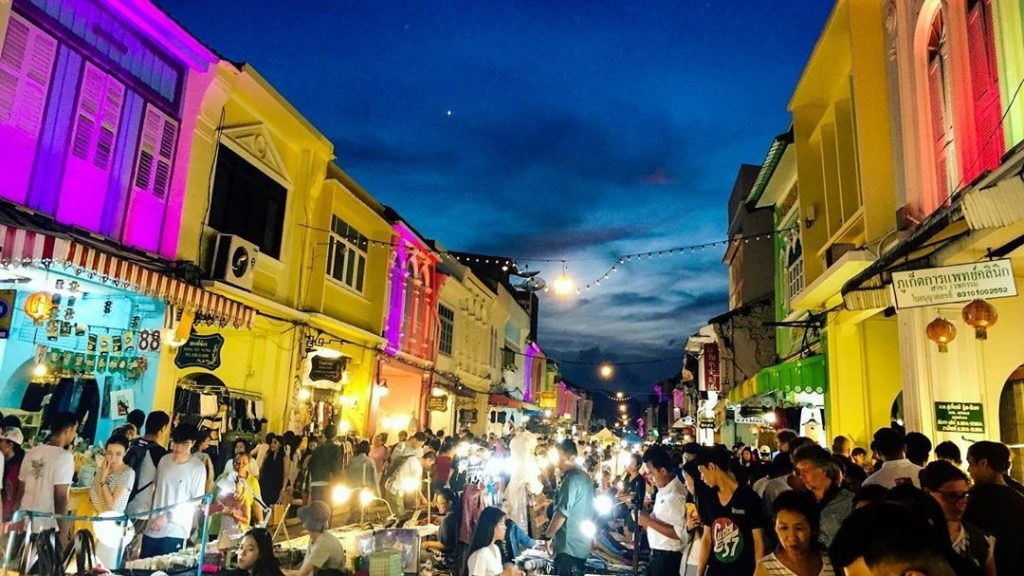
Photo credit: @devikas0793
Next, turn into Soi Romanee that connects Dibuk and Thalang and has exceptional shophouses converted into colourful cafés and restaurants. It’s a photographic zone as hot as its previous incarnation as a salacious nest of gamblers, opium addicts, prostitutes and hustlers.
Beat the heat by arriving early and grab some local breakfast, or head here just before dusk when most shophouse businesses are winding down. The Old Town goes to sleep early, but the many bars and restaurants are hidden within its alleys keep their doors open until the wee hours, offering you a chance to soak in the atmosphere at leisure, a cocktail in hand of course.
For the best stays in Phuket, a holiday in one of our villas now. To book a tour of Phuket Old Town or for transport needs, get in touch with the Elite Concierge.

